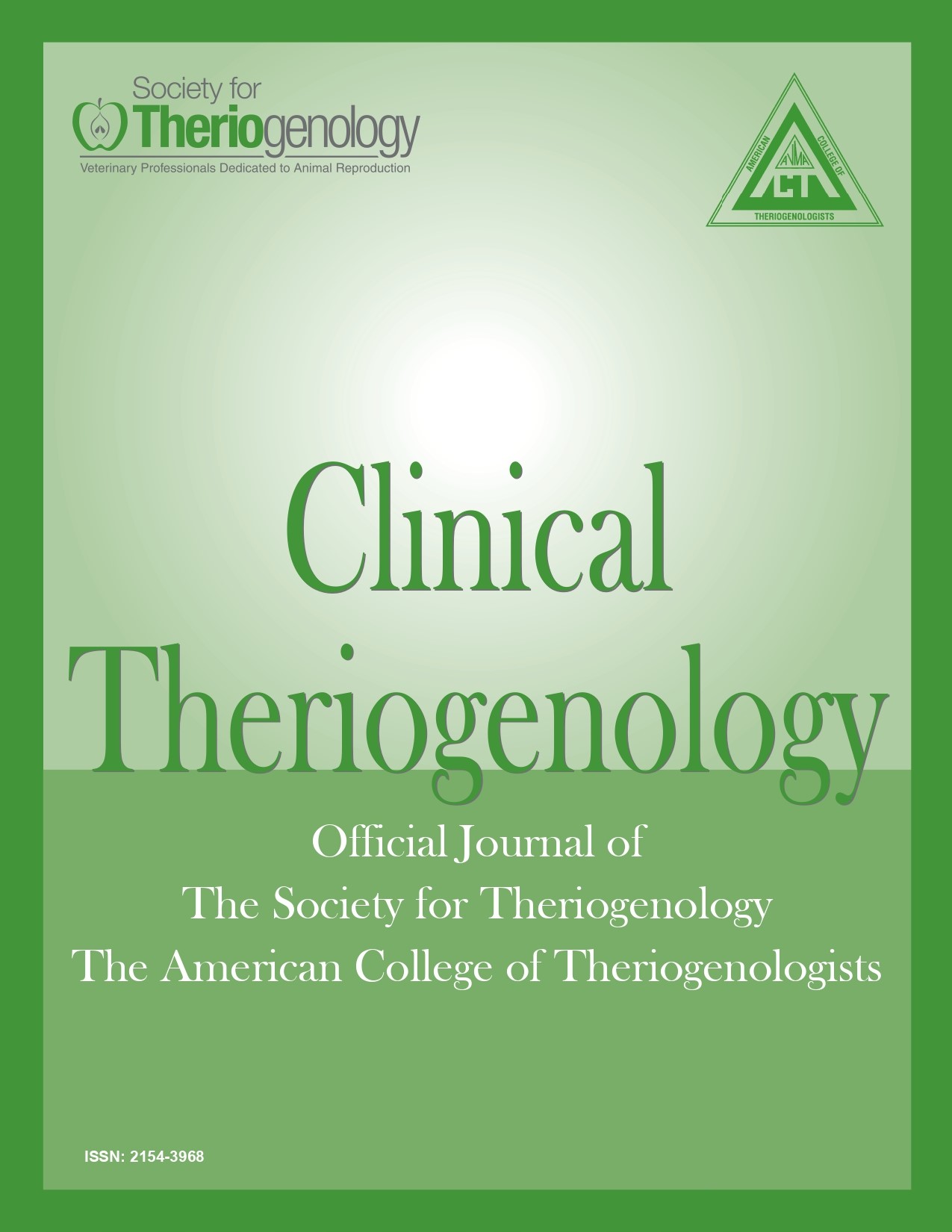Current Genomic Applications For Improved Reproductive Performance In Beef And Dairy
Abstract
Genetic improvement in beef and dairy cattle reproductive traits has historically been hampered by the availability and accuracy of applicable genetic predictions. Reproductive trait phenotypes are generally time-consuming to measure, categorical and/or threshold in nature, often are not collected in the context of inventory-based performance recording systems, and typically of lower relative heritability. Introduction of the Illumina® Bovine SNP50 BeadChip, and subsequently other related genotyping platforms, has provided useful marker information for inclusion in beef and dairy genetic evaluations and performance programs. Increasingly, marker information is used to authenticate recorded pedigree information or assign parentage, enhance the non-parent accuracy of Expected Progeny Differences (EPD) and Predicted Transmitting Abilities (PTA), derive and manage haplotypes affecting fertility, as well as help manage inbreeding. In Angus seedstock, Genomic-Enhanced (GE) EPD and/or genomic predictions for the following reproductive traits are computed weekly by Angus Genetics Inc. (AGI): Calving Ease Direct (CED), Scrotal Circumference (SC), Heifer Pregnancy (HP), and Calving Ease Maternal (CEM). The average GE accuracy values associated with Angus non-parent GE-EPD for CED and SC are .31 to .36, respectively. In Holsteins, genomic-enhanced PTA (GPTA) computed by the Council on Dairy Cattle Breeding (CDCB) are available for the following major reproductive traits and indexes: Daughter Pregnancy Rate (DPR), Productive Life (PL), Sire Calving Ease (SCE), Daughter Calving Ease (DCE), and Net Merit (NM$). The reliability values for non-parent dairy reproductive trait GPTA range from .49 to .66 for tested Holstein heifers, as compared to .23 to .28 for untested animals. Enhanced accuracy and reliability values enable increased response to selection and commercial productivity.
Downloads
Authors retain copyright of their work, with first publication rights granted to Clinical Theriogenology. Read more about copyright and licensing here.





